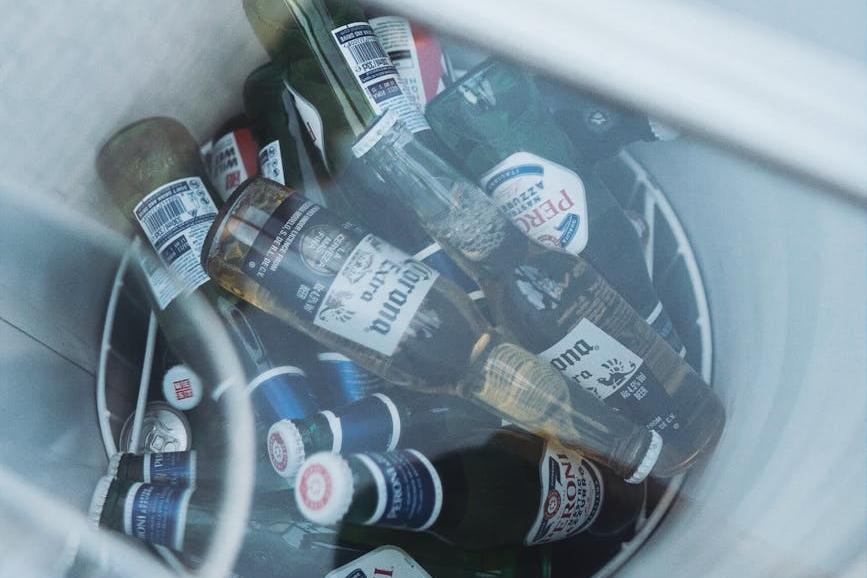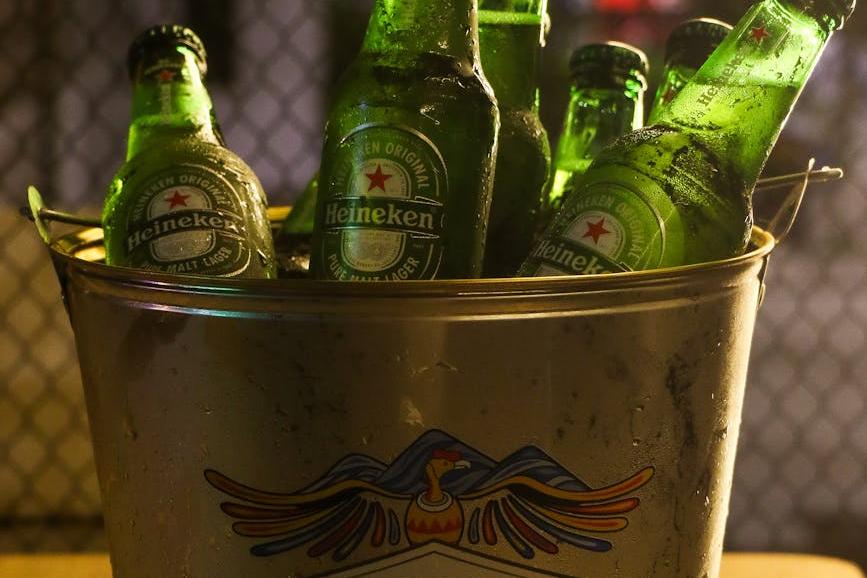- Shanghai Zhongshen International Trade Co., Ltd. - Two decades of trade agency expertise.
- Service Hotline: 139 1787 2118

The Financial Code Behind a Can of German Dark Beer
On a spring afternoon in 2025, when General Manager Zhang was taking inventory of the newly arrived Munich beer in his warehouse, the 42.6% comprehensive cost ratio on the shipping document made him frown slightly. Where exactly did the costs of this liquid gold that traveled across the ocean go? As a veteran with 20 years of experience in the industry, today we will use a professional scalpel-like perspective to uncover the true costs of imported beer distribution.foreign tradeThe Quartet of Cost Composition
The costs of imported beer distribution go far beyond the product purchase price, and its core composition can be summarized into four major modules:
Trade Prelude
- : Product certification (such as Halal certification), trademark registration, import quota applicationLogistics Symphony
- : The price difference between full container load (FCL) and less than container load (LCL) can reach 30%:
- Maritime TransportationSpecial transportation: Fragile goods reinforcement/cold chain logistics premium approximately 15-25%
- Customs Clearance March
- : In 2025, Chinas comprehensive beer import tax rate (tariff + VAT + consumption tax) remains stable at 42.6%Final Landing Chapter
- : Warehouse sorting, Chinese label printing, regional distributionThree Typical Budget Models
20-foot container value
| Success | Comprehensive cost ratio | Key cost items | $80,000-$120,000 |
|---|---|---|---|
| German Industrial Beer | Tariff rebate, container turnover fee | 38-45% | Belgian craft beer |
| Artwork declaration, wooden case fumigation | 150,000-200,000 USD | 45-55% | Japanese limited edition |
| $50,000-$80,000 | Cultural product inspection, limited edition insurance | 50-60% | Veterans Guide to Avoiding Pitfalls |
After experiencing the lesson of container detention at Qingdao Port, I have summarized three golden rules:
Triple Document Verification
- , health certificate, and filling date must completely match:It is recommended to verify through the following methods:Logistics Plan A and B
- Logistics AB planFor Southeast Asia routes, it is recommended to reserve a 10-day buffer period to cope with monsoon effects.
- Tax and fee dynamic monitoringUtilize free trade agreements (such as RCEP) for tariff planning
Invisible cost black holes
In 2025, an importer ignored these three hidden cost items, resulting in an overall cost surge of 18%:
- Demurrage fees due to Chinese label printing errors ($200/day)
- Whole batch return due to expired Halal certification
- Additional consumption tax payment triggered by alcohol content deviation
Practical cases of cost optimization
In 2025, a Qingdao importer reduced the expense ratio by 9.2% through the following combined strategies:
- Choosing Tianjin Port instead of Shanghai Port, saving 7% on port miscellaneous charges
- Adopting the bonded zone repacking model to reduce tariff base
- Signing annual contracted rates with shipping companies to lock in ocean freight costs
When you hold this cost map, importing beer as an agent will no longer be a muddled account. Remember, a professional foreign trade service provider should precisely control the temperature and rhythm of each cost component, just like a master brewer controlling fermentation temperature.
Related Recommendations
? 2025. All Rights Reserved. Shanghai ICP No. 2023007705-2  PSB Record: Shanghai No.31011502009912
PSB Record: Shanghai No.31011502009912










